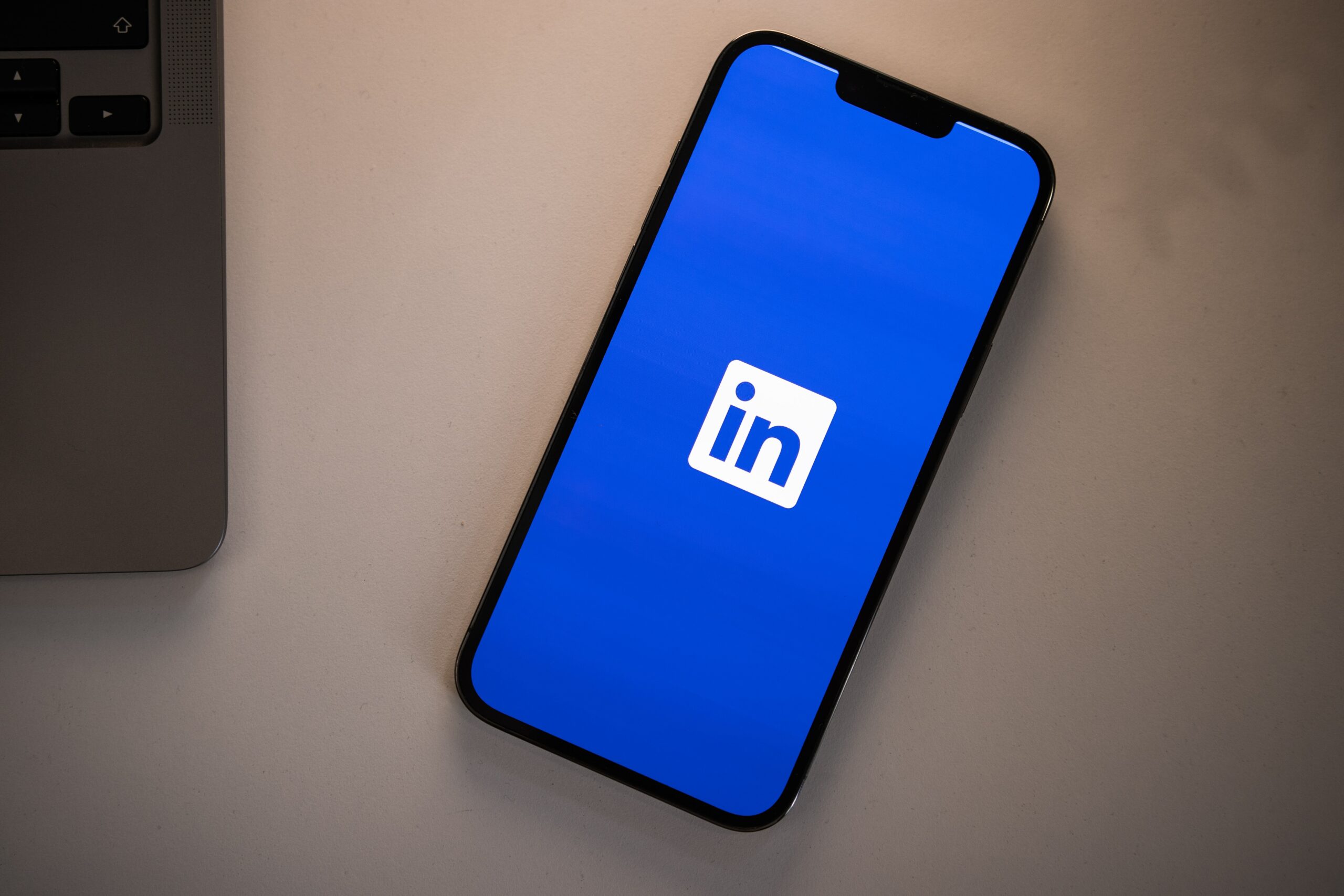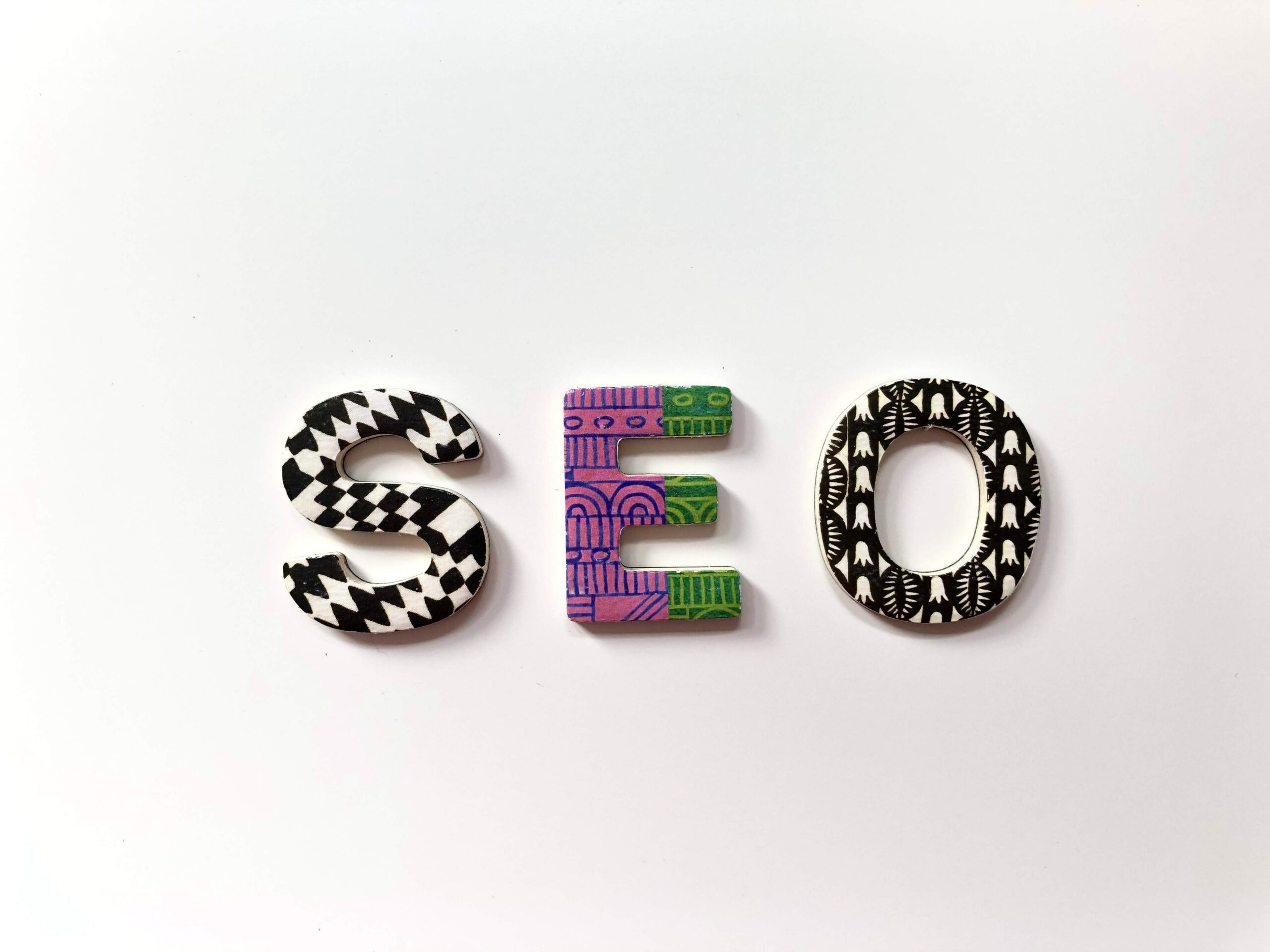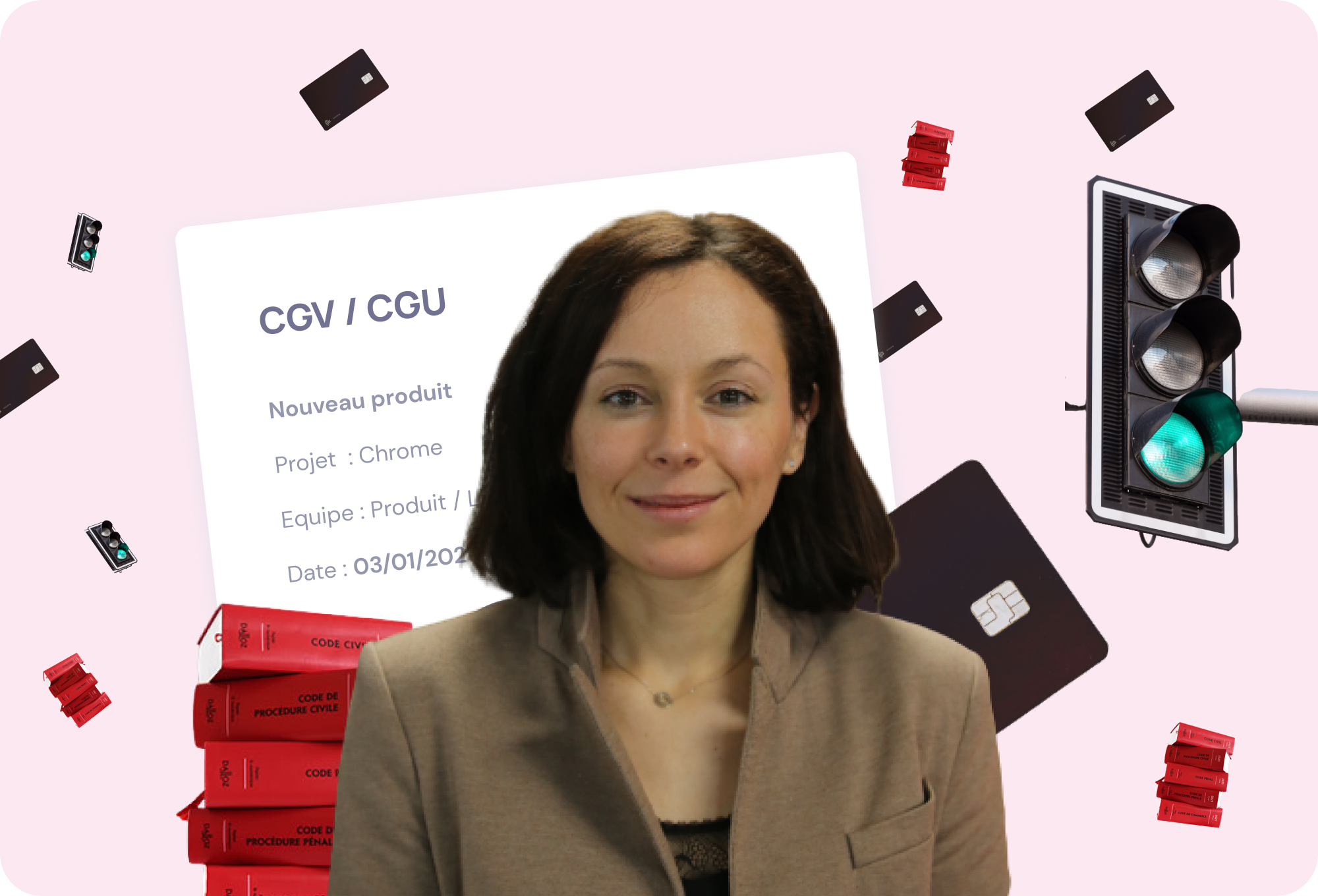You want to publish on Linkedin but you are still hesitating to take the step!
You don't feel legitimate enough to do so, you don't feel as expert as those who publish, you are afraid to feel ridiculous if your posts are not "liked", you are afraid that your peers will come and contradict you, you don't want to publish a post that others will judge as boring
On Linkedin, limiting beliefs and the impostor syndrome wrongly prevent too many lawyers from speaking out and putting themselves forward on this social network with 774 million users worldwide and more than 23 million members in France.
So what is the structure of a good Linkedin post? What are the types of posts that work well on Linkedin? How to make your content viral?
In this article, Seraphin.legal, your contract management software, proposes to help you understand how Linkedin's algorithm works in order to meet its expectations (I), before looking at the structure of a good Linkedin post (II) and finally presenting the different steps to follow to make your post viral (III).
Understand how the Linkedin algorithm works to better meet your expectations
The algorithm that presents your news feed biases your perception. It shows you in effect:
- Posts with a high engagement rate;
- People who post regularly already have a large network;
- Crafted posts that bring value.
All the silent majority is consciously hidden, keep in mind that you only see a tiny minority of Linkedin members. Be aware that the vast majority of Linkedin members are salaried and keep a low profile for fear of being judged.
But that doesn't mean that she is not present, she is there but simply observing. It is therefore very easy to gain visibility on Linkedin. By interacting (like, comments...), you already stand out from 98% of Linkedin members.
Your expectations and those of the social network are however quite opposite.
Your objective is to:
- To be visible to a maximum number of people;
- To generate a lot of commitment;
- To attract people to your profile.
However, Linkedin's objective is to :
- Selling ads;
- Sell their paid subscriptions;
- Grow their active user base.
Here's what the algorithm and your network are waiting for:
- Benevolence;
- Many interactions to make it a living network;
- A personal look that brings value and creates constructive discussions;
- Regularity in posts and interactions.
One thing is for sure, your posts must bring value to the readers. You have to make them want to :
- Click on "see more" and spend some time on your publication;
- Submit a reaction showing you their interest/support;
- Comment on your post to provide additional information, feedback or encouragement.
If you lack ideas for creating Linkedin posts, you can take the three steps of the conversion tunnel in inbound marketing (methodology of attracting customers by creating useful content): ToFu (Top of the funnel), MoFu (Middle of the funnel), BoFu (Bottom of the funnel) :
For ToFu, you will have publications that are quite general, emotional, mainstream. It can be about productivity, the business world. 90% of the readers must understand what you are talking about!
For MoFu, you must create educational posts on cross-cutting topics.
For BoFu, it's about creating expert posts that demonstrate your expertise. You write them to be recognized by your peers and gain legitimacy and credibility.
Here are some types of posts that work well on Linkedin:
- Top influencers, experts
You regularly make a short list of people you find interesting and explain why. Influencers feel flattered and react (which brings you some visibility in their community).
- Contribution requests
Many people comment and tag influential people who, feeling flattered, react and bring even more visibility to the post.
- Tutorials
You explain step by step how to do something related to your expertise. You bring value, your network thanks you and gives you visibility and legitimacy.
Remember that to have visibility, you must think in terms of a virality loop. A virality loop allows you to reach your degree 2 or 3 relations (i.e. relations of your relations and strangers) and thus to increase your legitimacy. The more reactions there are, the more the algorithm will put you forward and the more users will think that your publication is legitimate (because it has already been validated by other people, it is the social proof).
The structure of a good Linkedin post
A good Linkedin post consists of three parts:
- A "captivating" hook
- An "interesting, entertaining or inspiring" development
- A Call-to-action
This may seem surprising, but we advise you to start at the end, from the "call-to-action" and answer these two questions: what do you want to tell? What opinion do you want to develop? As for a blog post, it is better to make a mini-plan of your reasoning before starting to write.
Your goal should always be to provide a post that brings value to your audience, it should be interesting in itself! Remember to be authentic and bring a personal touch to your words without resorting to too much jargon! It is important to remain as educational as possible! A good Linkedin post is a post that manages to "sell the click", i.e. a post that manages to convince a person to take the time to do what you ask.
A captivating hook
This is the first thing your audience will see, it should not leave them indifferent. It is about questioning your reader and piquing his curiosity. You can start with :
- Telling the beginning of a story
- To state a truth, an argument, a shocking sentence
- A revealing figure
- A question
An interesting development
For the writing of your development, you can use the AIDA methodology, the basic structure of copywriting, but always keep in mind that as for writing a reference article, the most important thing remains the substance!
A: Attention
It's all about capturing your reader's attention with a striking title and a strong image.
I: Interest
You must interest your reader, it is a question of proposing of the bottom and of being interested in him. You must make him understand that you are going to talk about him, that you are going to help him.
D: Desire
This third time, block must succeed in moving your reader. You must make him want to know more, he must ask himself the question, "what if?", what if it was for me? What if it made my life easier?
A: Action
You must push your prospect to action!
A call-to-action
Also think of a sentence at the end to summarize your post, your opinion.
If it's a link to content you're promoting, put it in the comments instead.
The different steps to follow to make your post viral
We have already talked about it, Linkedin's algorithm is based on the principle of the virality loop. This is a concept that illustrates the different stages in the life of a content. Remember that when a content is published, it can be seen only by a few people or it can become viral.
Here's the perfect example of a Linkedin post:
- A good engagement from the beginning of the publication highlights your content
- Good engagement so the algorithm continues to value your content
- A good engagement therefore the algorithm further increases the visibility of your content.
The post then goes viral!
It is essential to maximize engagement in the first two hours. You should always think about the engagement of your posts. The idea is to get readers to interact with your post in order to increase its performance.
In fact, there is a hierarchy of commitment:
Comments: The more comments, the more likely your post will go viral.
Attention span: You need to maximize the attention span of your audience on your post. The longer your readers stay on your post, the more likely it is to go viral.
Likes: As powerful as attention span, likes are very important. They also play the role of social proof.
For maximum engagement on your posts, you will have to vary the formats and lengths of content. There are many publication formats on Linkedin.
Find out the advantages and disadvantages of each of the content formats that can be published on Linkedin:
The text
It's content that appeals to Linkedin's algorithm.
Benefits:
- A format that works well
- It is easy to produce in quantity
- It allows you to play on copywriting (AIDA method) and storytelling
Disadvantages:
- The text can quickly fall into very long formats
- It can be difficult to capture attention with text
The images
Benefits:
- Images help capture attention if the photo is intriguing
- They allow to get a better visibility
Disadvantage:
- Risk of failure if the photo is not attractive and brings little interest
The surveys
Benefits:
- They are easy to produce in quantity
- There is no need by definition of text
Disadvantages:
- They are overexploited on the networks
- They lead to few comments/likes...
Carousels
Benefits:
- Great potential of reach (visibility)
- Easy to use
- They promote attention time
- They boost engagement
Disadvantages:
- It requires making "pretty things"
- It can take a long time
Videos:
Benefits:
- They make it easier to get a message across
- Engagement is important if it's a good video
Disadvantages:
- Attention span is relatively short
- It is complicated to produce in an industrial way
For all your content, you can for example :
- Share your experience
- Share your news
- Propose debates on topics
- List tools you like
- Identify tips and best practices
Finally, here are some tips to boost the engagement of your content:
- Consider using copywriting and storytelling
- Add a call to action to your post
- Vary the formats and lengths of content
- Focus on the first two hours of your post's life
Conclusion: Focus on substance and authenticity for your Linkedin posts!
For your posts on Linkedin, as a lawyer, you can for example:
- Share your experience
- Share your news
- Propose debates on topics
- List tools you like
Remember that both the algorithm and your readers expect you to have a personal, authentic look that brings value and creates constructive discussions. To get results on Linkedin, you will also need to show consistency in posts and interactions.
A good Linkedin post consists of three parts:
- A captivating hook
- An interesting, entertaining or inspiring development
- A call-to-action
Once your post is published, you still need to get visibility. To do this, you need to think in terms of a virality loop. The more reactions you get, the more the algorithm will put you forward and the more users will think that your post is legitimate.



